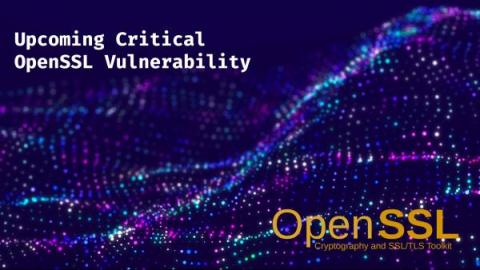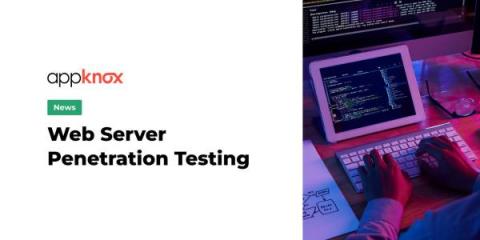How to Speak Fluent Board
You and your board have the same goal: to drive your organization in the right direction. That makes everything easy, right? Well, not always. Whereas the problem used to be an overall lack of security awareness, boards now are very much aware of the business risk less-than-robust cybersecurity poses. Today, it’s all about communicating effectively and fluently, especially when introducing cybersecurity solutions.











